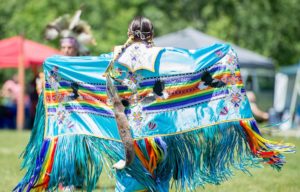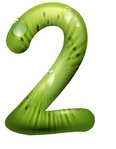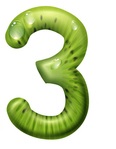
An infographic in the Native American Resource Collection
Center for Parent Information and Resources (CPIR)
Written by Joann Sebastian Morris and Judy Wiley
November 2021
___________________________
- Infographic in PDF format
By Presidential Proclamation…November is Native American Heritage Month!
And what a heritage to honor! We have populated this infographic with “did you know” facts about Native Americans, past and present, and are pleased to share with you 5 resources and 2 bonuses to fuel your Parent Center’s outreach activities to this underserved community. Many Native parents of children and youth with disabilities know little about our Parent Center network and the valuable support and resources we provide.
 November 26th is this year’s Native American Heritage DAY.
November 26th is this year’s Native American Heritage DAY.
Read the Presidential proclamation, which cites historic and contemporary contributions of American Indians and Alaska Natives:
https://whitehouse.gov/briefing-room/presidential-actions/2021/10/29/a-proclamation-on-national-native-american-heritage-month-2021/
 Did you know… that the majority of Native Americans live off-reservation, in suburban and urban areas?
Did you know… that the majority of Native Americans live off-reservation, in suburban and urban areas?
In fact, less than 1/3 still reside on reservation land. It may be easier than you think to conduct outreach to Native parents!
What can the latest Census tell us about their demographics?
For example, did you know that the Native population is one of the fastest growing in the nation? Native people total 7.1 million.
Check out the U.S. Census Bureau’s 2021 Facts for Features about American Indians and Alaska Natives.
https://www.census.gov/newsroom/facts-for-features/2021/aian-month/html
What about the tribal areas in your neck of the woods? Investigate via My Tribal Area.
https://www.census.gov/tribal/index.html
 Native Americans have maintained a strong commitment to the U.S. Armed Forces for over 200 years, serving long before they were granted citizenship in 1924.
Native Americans have maintained a strong commitment to the U.S. Armed Forces for over 200 years, serving long before they were granted citizenship in 1924.
The National Native American Veteran’s Memorial was unveiled in Washington, DC, in 2020. To learn more about the significant contribution of Native military service, enjoy:
https://www.americanindianmagazine.org/issues/fall-2020
 What’s the latest on Native American health disparities?
What’s the latest on Native American health disparities?
The Urban Indian Health Institute’s 2021 report on Native American health disparities gives us all valuable insight into urban Natives’ social demographics–including disability status, mortality, infectious diseases, maternal and child care, substance use, and mental health.
https://www.uihi.org/resources/community-health-profile-national-aggregate-of-urban-indian-organization-service-areas/
 How many American Indian and Alaska Native children with disabilities receive services under Part B of IDEA?
How many American Indian and Alaska Native children with disabilities receive services under Part B of IDEA?
Great question! It’s one of many answered in OSEP Fast Facts, where you’ll find very specific data about American Indian and Alaska Native children and youth with disabilities, including the nature of their disability, educational placement, and more.
https://sites.ed.gov/idea/osep-fast-facts-american-indian-or-alaska-native-children-with-disabilities-20/

Consult CPIR’s Native American Resource Collection.
Assembling the Native American Resource Collection was truly a labor of love, and we hope that the tools you find there will inform and guide your outreach efforts as well as your Center’s relationships with Native families. Two resources to consult in particular:
- How Values Impact Communication with American Indians and Alaska Natives
https://www.parentcenterhub.org/wp-content/uploads/repo_items/naptac/native-values-communication-2019.pdf - Cultural Awareness and Connecting with Native Communities
https://www.parentcenterhub.org/wp-content/uploads/repo_items/naptac/cultural-awareness-2019.pdf
 Join the “Serving Native American Families” group on CentersConnect.
Join the “Serving Native American Families” group on CentersConnect.
You’re always welcome in the “Serving Native American Families” group on CentersConnect, where Parent Center colleagues exchange a steady flow of info about Native American culture and current realities, outreach tips, and relevant new resources. Login or register at CentersConnect:
https://centersconnect.parentcenterhub.org/

